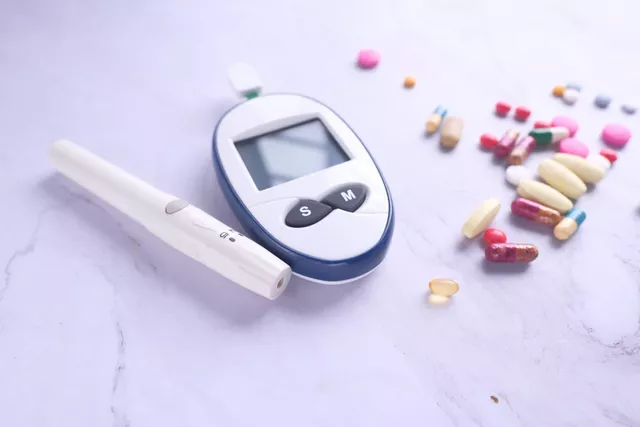Type 2 Diabetes Medication: Classes, Costs, and How to Choose
When talking about type 2 diabetes medication, drugs prescribed to lower blood glucose in adults with type 2 diabetes. Also known as T2DM meds, it plays a central role in managing the disease, reducing complications, and improving quality of life.
One of the first‑line oral options is Metformin, a biguanide that decreases hepatic glucose production and improves insulin sensitivity. Another widely used drug is Glipizide, a sulfonylurea that stimulates the pancreas to release more insulin. Newer classes include SGLT2 inhibitors, agents that block kidney glucose reabsorption, causing excess sugar to be expelled in urine, and GLP-1 agonists, injectable peptides that boost insulin secretion and slow gastric emptying. Each of these groups brings a unique mechanism, side‑effect profile, and cost consideration.
Common Classes of Type 2 Diabetes Medication
Understanding the landscape means knowing how the pieces fit together. type 2 diabetes medication encompasses oral agents (biguanides, sulfonylureas, DPP‑4 inhibitors, SGLT2 inhibitors) and injectables (GLP‑1 agonists, basal insulin). The choice often depends on three core attributes: efficacy (how much it lowers A1C), safety (risk of hypoglycemia, weight gain, cardiovascular impact), and affordability (insurance coverage, coupons, generic availability). For example, Metformin is praised for low cost and modest weight loss, while SGLT2 inhibitors have shown heart‑failure benefits but can be pricier. GLP‑1 agonists offer strong A1C reductions and weight loss, yet they require injection and can cause gastrointestinal upset.
When you pair medication with lifestyle changes—diet, exercise, weight management—you create a synergistic effect. Clinicians often start with Metformin, add a second oral if A1C stays above target, and consider injectables when oral options fall short. Insurance formularies, patient preferences, and co‑existing conditions (like chronic kidney disease) also steer the decision. Knowing the attributes of each drug class helps you ask the right questions at your next appointment and negotiate better pricing, whether through manufacturer coupons or generic substitution.
Below you’ll find a curated list of articles that dive deeper into specific meds, cost‑saving tips, and real‑world comparisons. Whether you’re searching for the cheapest way to get Glipizide, curious about the cardiovascular benefits of SGLT2 inhibitors, or need a side‑by‑side look at GLP‑1 agonists, the posts ahead give practical guidance you can apply today.

Empagliflozin vs Other Diabetes Drugs: Benefits, Risks & Alternatives
- Date: 26 Sep 2025
- Categories:
- Author: David Griffiths
An in‑depth look at empagliflozin, how it stacks up against other diabetes medicines, its heart‑protective effects, safety profile, and when to choose it.




